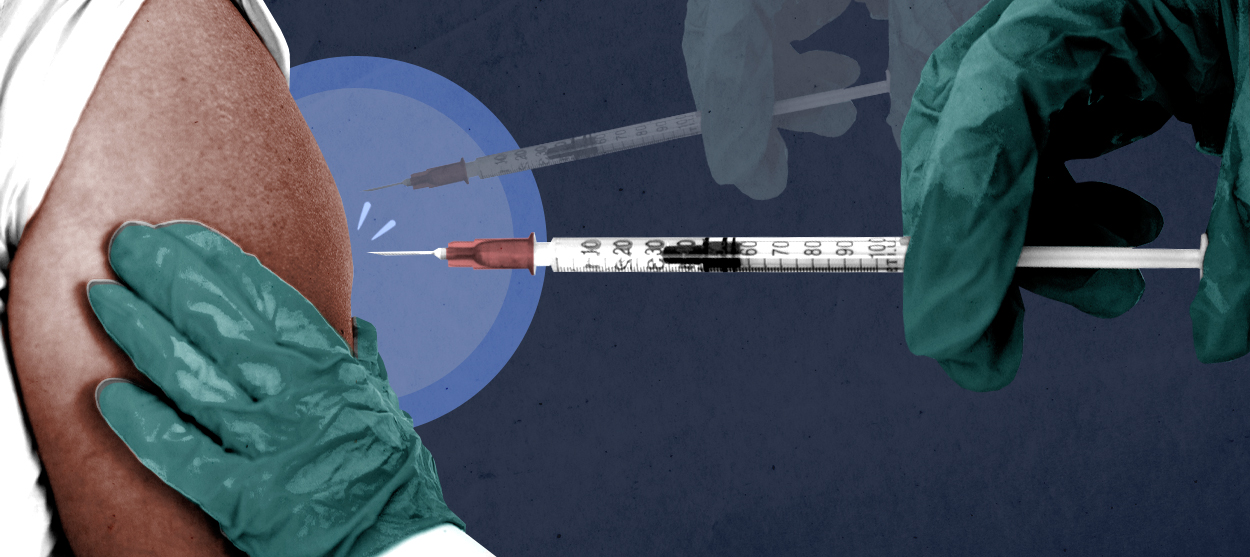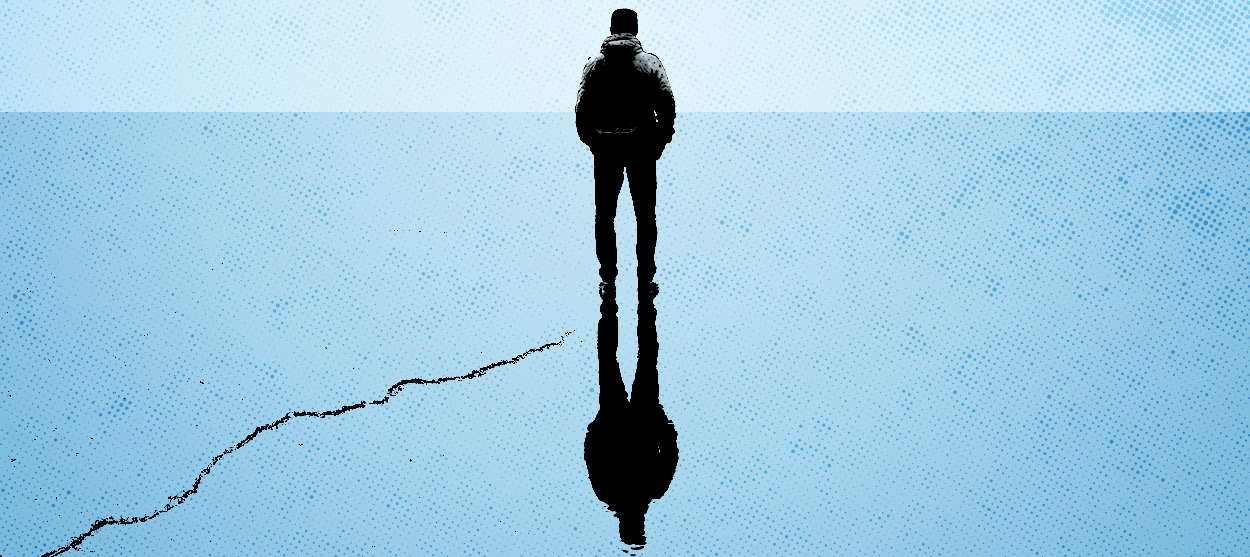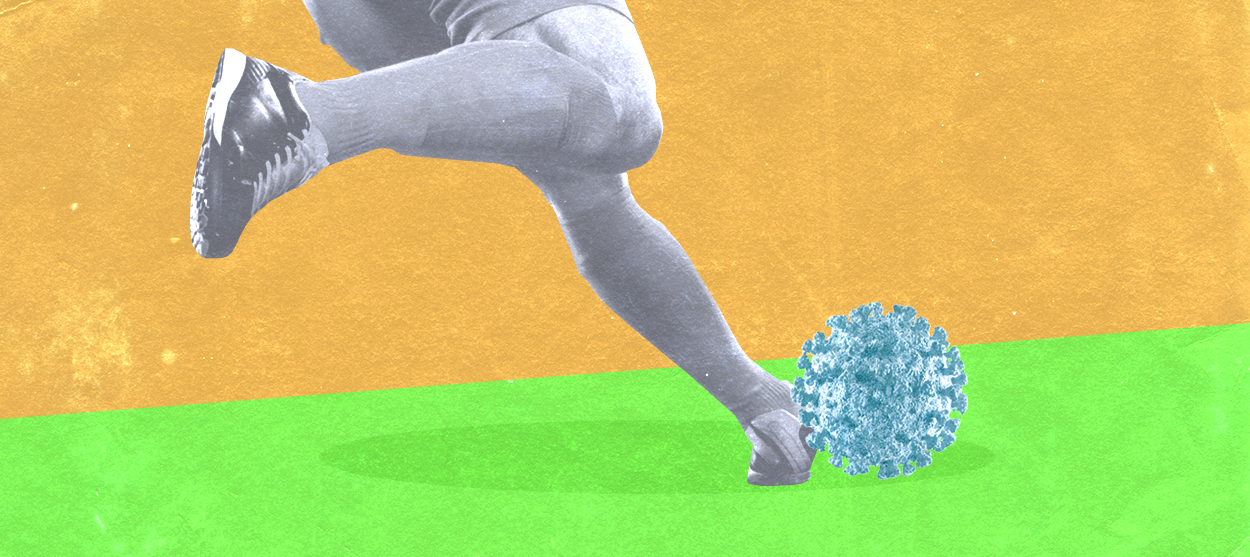Why ObamaCare is struggling
Three years after it became law, the Affordable Care Act is facing a litany of problems. How serious are they?

Three years after it became law, the Affordable Care Act is facing a litany of problems. How serious are they? Here's everything you need to know:
What are the main problems?
Insurers are pulling out, premiums are rising, and many customers are being left with little or no choice of insurance plans. When it was passed in 2010, President Obama and congressional Democrats hoped the Affordable Care Act would provide uninsured Americans with private health-care coverage similar to employer-sponsored plans, with federal subsidies making premiums affordable for nearly everyone. But many of the biggest providers — including Aetna, UnitedHealth, and Humana — started out with low premiums to attract customers, and have lost so much money on the program that they're pulling out of most of the state health-care exchanges. Only 12.7 million people enrolled on the program's online exchanges this year — 8.3 million fewer than originally forecast. As many as 19 percent of customers will have access to only one insurer next year. Premiums will rise by an average of 10 percent in 2017, and as much as 57 percent in some areas. "ObamaCare is unraveling," says Republican Sen. Lamar Alexander. "There's no excuse for having a failing insurance market where taxpayers are paying most of the bill."
The Week
Escape your echo chamber. Get the facts behind the news, plus analysis from multiple perspectives.

Sign up for The Week's Free Newsletters
From our morning news briefing to a weekly Good News Newsletter, get the best of The Week delivered directly to your inbox.
From our morning news briefing to a weekly Good News Newsletter, get the best of The Week delivered directly to your inbox.
What's going wrong?
Not enough younger, healthy people are signing up. The Affordable Care Act had two main provisions: the expansion of Medicaid to include more low-income families and the "individual mandate," which requires those without insurance to buy coverage. The Medicaid expansion has provided 9 million poor people with free insurance, a figure that would be considerably higher had 19 Republican-controlled states not refused to participate in the expansion. But the individual mandate has proved less successful. Under the ACA, insurers can no longer refuse to cover customers — or charge them exorbitant premiums — because they have a pre-existing medical condition. An individual with an income under $47,000 and a family of four making less than $97,200 qualify for graduated federal subsidies. Those who refuse to buy coverage must pay a fine of $695, or 2.5 percent of their salaries, whichever is higher. But premiums and deductibles can run into thousands of dollars a year, even with subsidies — and a lot of young, healthy people are opting for the fine rather than the insurance.
What effect is that having?
Without the revenue from the "young invincibles," who generally don't consume a lot of expensive medical care, the insurers cannot cover the medical costs of their older, sicker customers. For the system to work, 18- to 34-year-olds need to account for 35 percent of enrollees; currently, they make up only 28 percent. Another reason for that shortfall is that, to the surprise of ObamaCare architects, very few small businesses decided to drop coverage and push their workers onto the exchanges. The bottom line: Insurers must either raise their premiums, or leave the exchanges. Many are choosing the latter, and the only providers who are profiting are those offering stripped-back coverage, with deductibles of $5,000 or more and very restricted lists of eligible doctors and hospitals. "We're seeing the start of the 'Medicaid-ization' of exchange plans," says Michael Adelberg, a health-policy specialist. "Narrow networks with no frills."
A free daily email with the biggest news stories of the day – and the best features from TheWeek.com
Have any parts of ObamaCare worked?
Yes. Its biggest success has been in providing insurance to more than 20 million Americans who lacked it. The uninsured rate has fallen from 16 percent in 2011 to about 9 percent today. Although premiums on the exchanges are rising, they're still an average of $600 a year below what they were originally projected to be. People who already have insurance are benefiting, too: Health-care costs are rising at record-low rates, in part thanks to ACA cost-control provisions, including one that rewards hospitals for successful treatment and punishes them financially for readmitting patients. Overall, federal government spending on health care was $2.6 trillion less last year than it was projected to be before ObamaCare, even with 20 million additional people in the system. As a result of these cost savings, premiums on employer-sponsored plans are rising by only about 4 percent a year, down from 10 percent before the legislation came into effect.
How can ObamaCare be improved?
More young, healthy people will have to sign up. Congress could provide incentives by amending the law to impose higher penalties and provide larger subsidies, as well to tighten the rules to prevent people from signing up the moment they get sick. Some health-care experts advocate embracing the "narrow network" strategy, to offer young people the option of cheaper, bare-bones coverage to protect them in the event of an accident or serious illness. But any fix will require the approval of congressional Republicans, who have been fiercely opposed to ObamaCare since its inception and are committed to seeing it die. As long as the GOP controls at least one branch of government, the party will block any attempts to make it work better. "I remember the victory dance [Democrats] performed after passing ObamaCare without a single Republican vote," says GOP Sen. John McCain. "Now the chickens have come home to roost."
The Republican alternative
Congressional Republicans have tried to repeal ObamaCare more than 60 times, yet they have never provided a detailed proposal for a replacement. The closest they've come is a rough outline of a plan unveiled by House Speaker Paul Ryan in June. The main provisions are eliminating the individual mandate, replacing subsidies with tax credits not linked to income (so that the poor can get them), and continuing the ban on insurers discriminating against people with preexisting conditions — but only if they maintain continuous coverage. For sick people without coverage, Ryan would create high-risk pools whose expensive premiums individual states could subsidize. The GOP proposal is very fuzzy on the details, with no estimates for cost, how generous the tax credits would be, or — crucially — how many people would be forced off Medicaid or subsidized policies. "The hard part for Republicans is going to be the millions of people who did not have coverage before who now have coverage," says Bill Hoagland from the Bipartisan Policy Center. "I think that's going to be a difficult row to hoe."
-
 ‘Care fractures after birth’
‘Care fractures after birth’instant opinion Opinion, comment and editorials of the day
-
 Shots fired in the US-EU war over digital censorship
Shots fired in the US-EU war over digital censorshipIN THE SPOTLIGHT The Trump administration risks opening a dangerous new front in the battle of real-world consequences for online action
-
 What will the US economy look like in 2026?
What will the US economy look like in 2026?Today’s Big Question Wall Street is bullish, but uncertain
-
 Do unvaccinated COVID patients deserve scarce care? A doctor weighs in.
Do unvaccinated COVID patients deserve scarce care? A doctor weighs in.The Explainer Justice, judgment, and the last ICU bed
-
 How to vaccinate the anti-vaxxers
How to vaccinate the anti-vaxxersThe Explainer Instead of blaming people for not doing the right thing, let's focus on eliminating the obstacles to vaccination that still remain
-
 The U.S. could double its COVID-19 vaccine availability overnight. What's the holdup?
The U.S. could double its COVID-19 vaccine availability overnight. What's the holdup?The Explainer How the FDA could approve a more efficient vaccine rollout
-
 The October Surprise nobody wanted
The October Surprise nobody wantedThe Explainer Trump has COVID-19. Really, 2020?
-
 Life is worth living
Life is worth livingThe Explainer What's driving America's rising suicide rate?
-
 Social workers are masters at de-escalation. Here's what the police can learn from them.
Social workers are masters at de-escalation. Here's what the police can learn from them.The Explainer Knowing how to peacefully resolve conflict, rather than exacerbate it, can save lives
-
 Settling in for the long pandemic
Settling in for the long pandemicThe Explainer Life won't be back to "normal" anytime soon
-
 Sports reveal how much America is trailing the rest of the world
Sports reveal how much America is trailing the rest of the worldThe Explainer MLS and other American leagues are stumbling through their pandemic restart plans